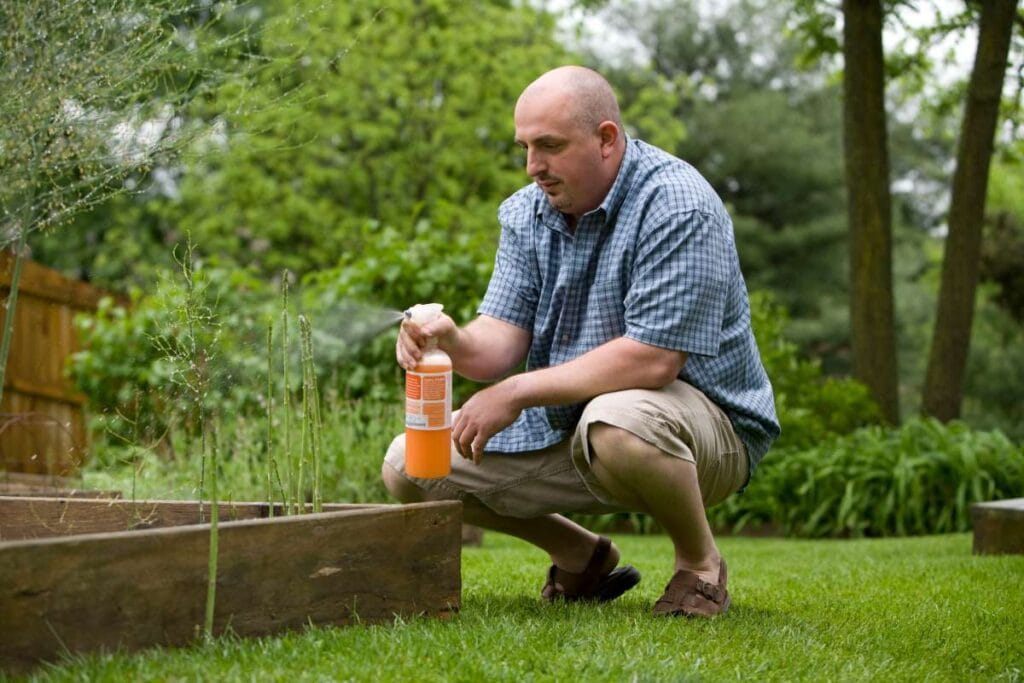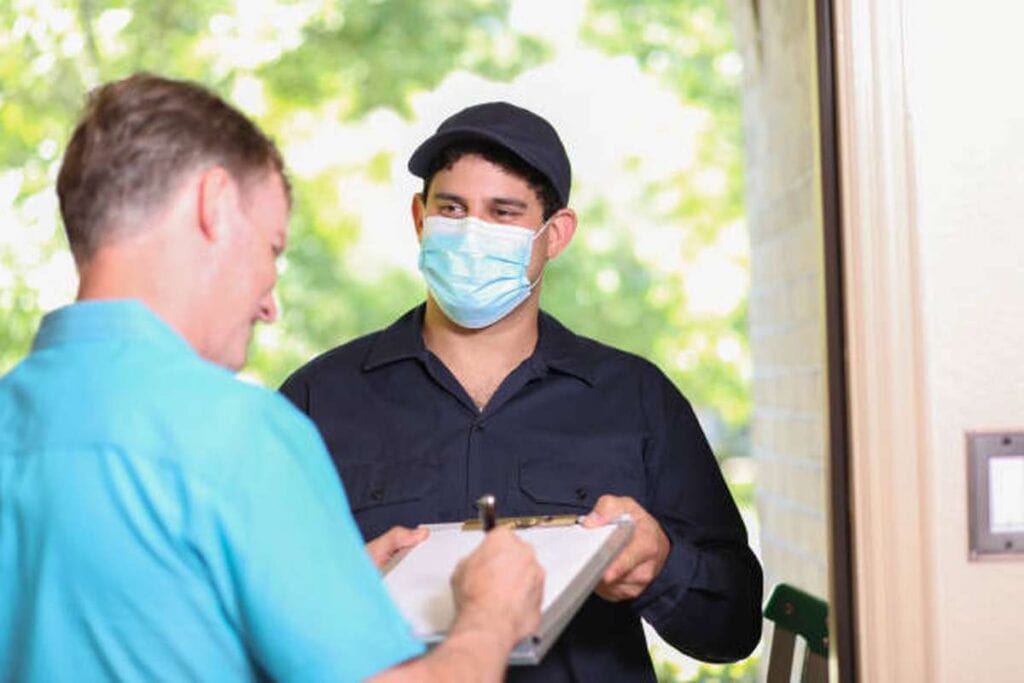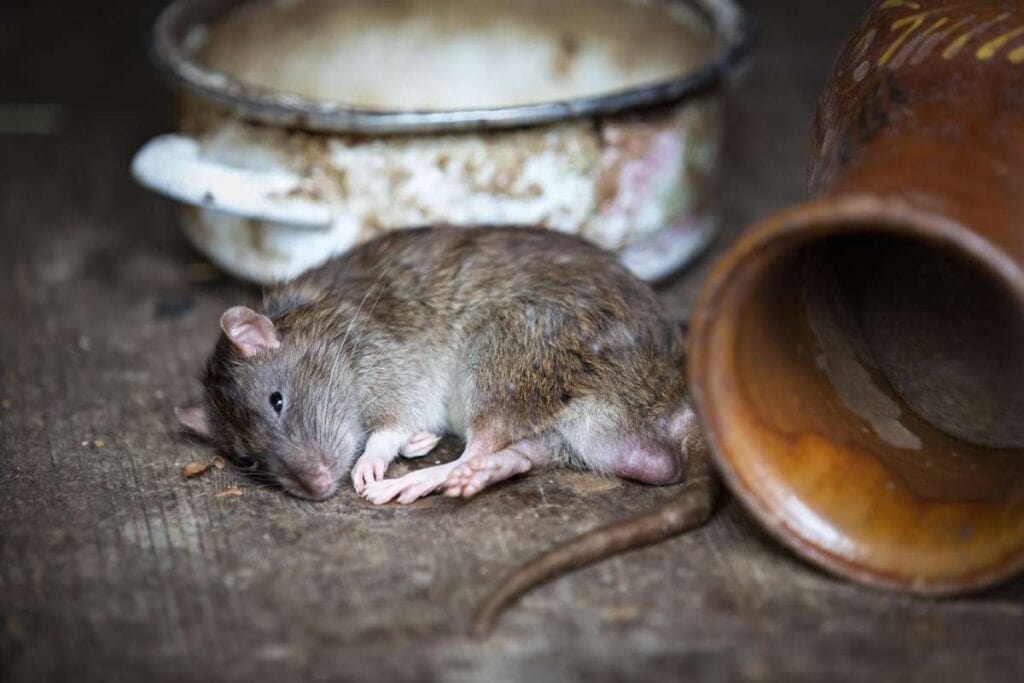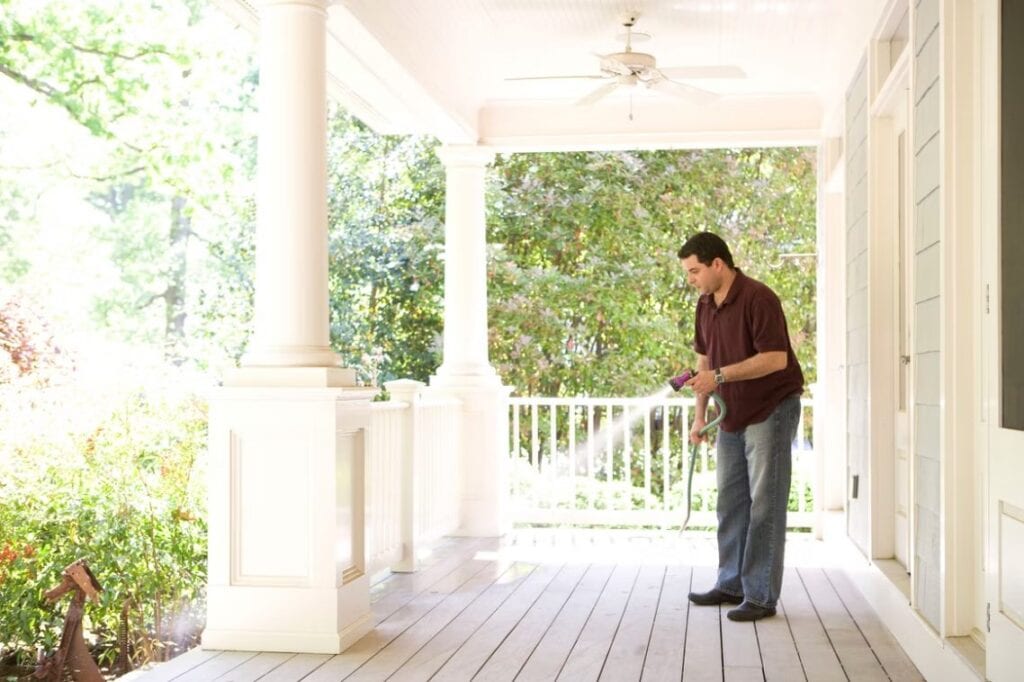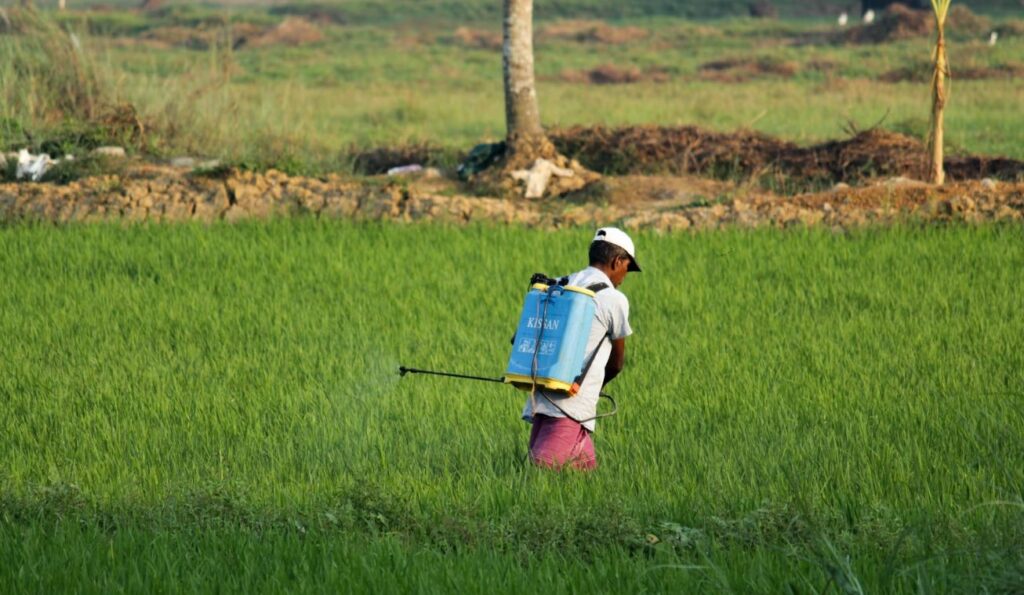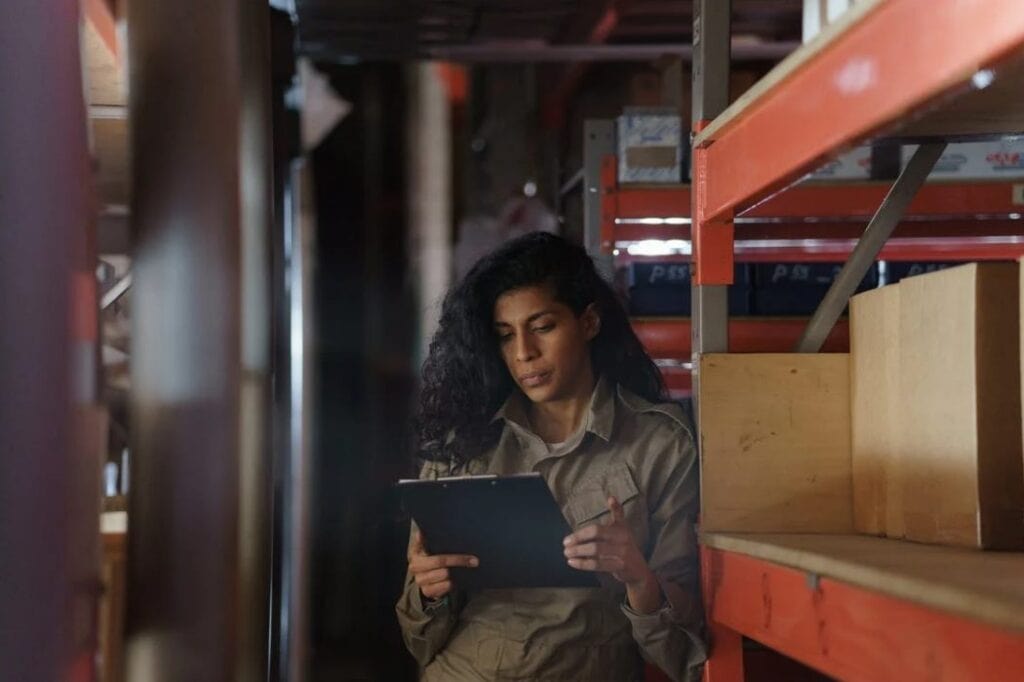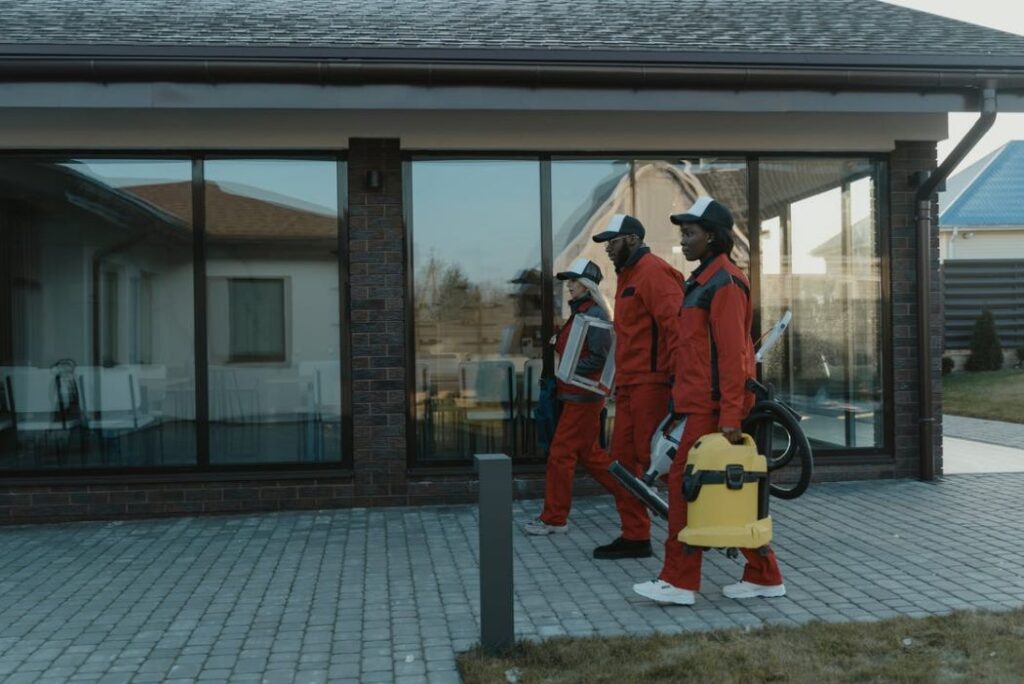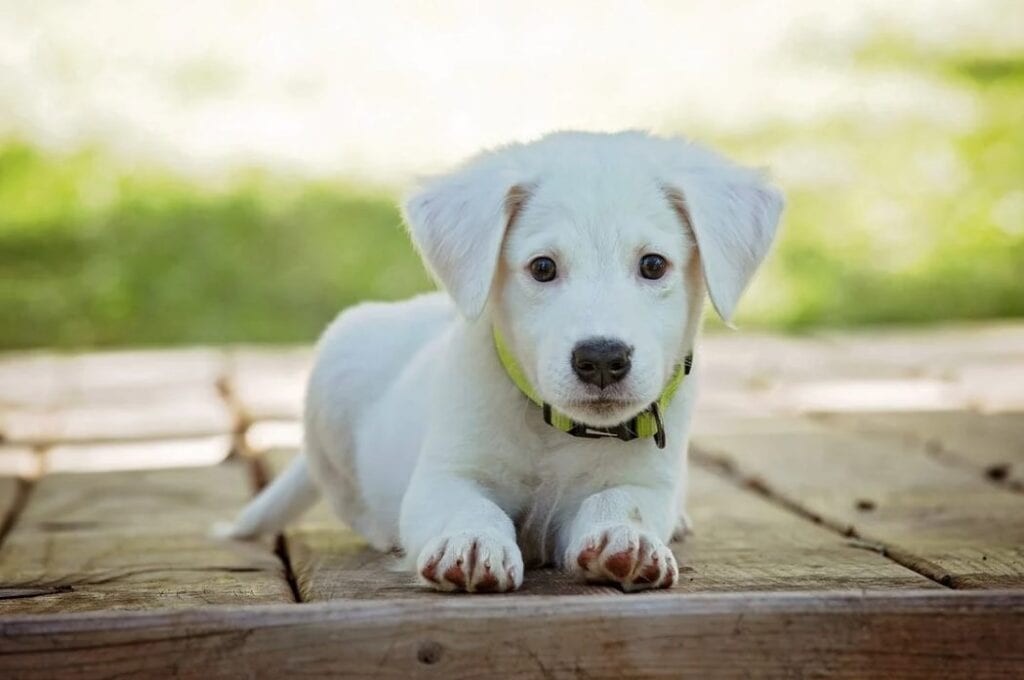Pest control is critical to keeping a healthy and safe environment in agricultural, residential areas, or cities. A variety of techniques are used to control and eliminate pests.
It is essential to have a solid understanding of the various pest control approaches to successfully apply the right methods adapted to individual surroundings and infestations of pests.
What Is Pest Control?
Pest control, often known as "pest management," refers to eliminating unwanted animals like rats, mice, insects, etc. Protecting our food supply, health, and property are all aspects of pest management. The public's safety depends on an effective pest management system.
Rats and mice eat about 20% of the world's food supply and are major vectors for fleas, ticks, and mites, among other harmful parasites.
Among the dirtiest insects on Earth, cockroaches are responsible for the allergic reactions of a large percentage of the population (around 7 to 8 per cent). Proper food cleanliness, food regulation, and health regulation can only be attained with pest control methods.
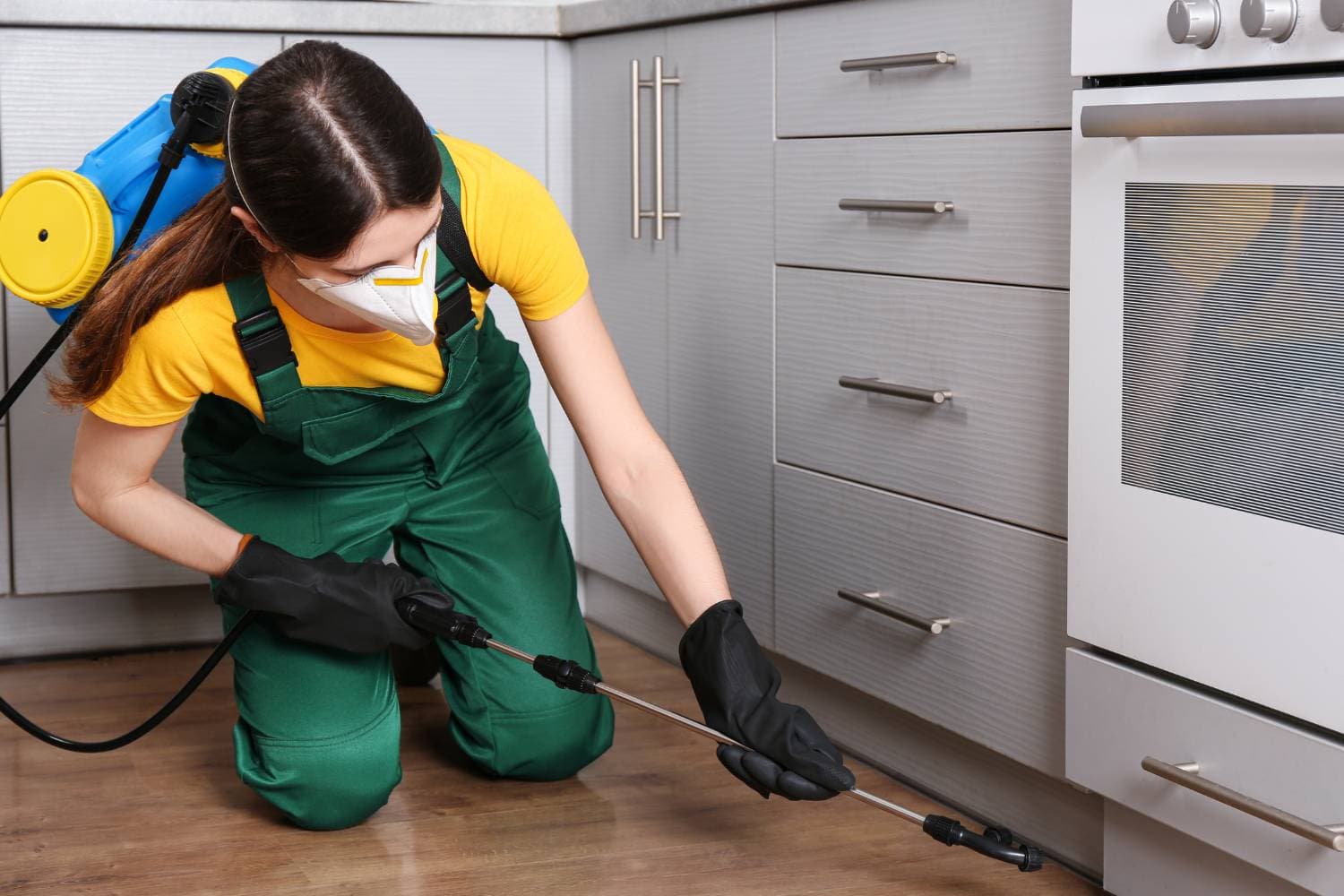
Types Of Household Pests Listed
Want to know why it's crucial to be able to detect common household pests? See below for a rundown of the top Australian household pests and insects.
Termites
Termites inflict about $700 million in damage to homes across Australia annually, earning them the title of most expensive pest in the country. These pests can be found anyplace warm-weathered; however, they are most commonly seen in mainland cities such as Sydney, Perth, Adelaide, and Brisbane.
It is estimated that termites will infest one out of every three Australian homes at some point throughout their lifetime. A termite infestation demands immediate action due to the high expense of fixing termite damage and the difficulties they present when selling a home.
Termites are extremely time-sensitive, as they can lay as many as 2,000 eggs daily. With only one phone call, we can eliminate termites from your property and guarantee they won't cause major damage. Keep in mind that termites love wood; therefore, dwellings made of timber are especially vulnerable to them.
You must contact Pest Control Company immediately if you discover minute holes bored into your home's ceiling beams or hollow tunnels flowing with the wood grain. A crew will be sent out to assess the severity of your termite infestation and provide recommendations regarding the best course of pest control measures.
Ants
The majority of ant species in Australia are harmless. However, there are around 1,300 species that could pose a threat. As an example, bull ants can be found in any part of the nation. Their bites can be extremely painful, particularly for people with allergies, and they are very aggressive. This is why ants are considered one of the most annoying pests in Australian homes.
Australia is home to various ant species, including the ubiquitous black house ant, coastal brown ants, Argentine ants, and carpenter ants. It is common for these ant species to infest residential areas. Some species of ants contain disease-causing bacteria and fungi, albeit not as dangerous to human health as cockroaches or mosquitoes.
Warm, bright spots are ant heaven. Additionally, they consume nearly all organic materials for sustenance, with a particular fondness for proteins and sweets. The construction of their colony will commence as soon as they have discovered a dependable food source. These colonies have the potential to grow into enormous complexes quickly. There can be millions of Argentine ants in a healthy colony.
An ant infestation can cause costly repairs to your property since some ants can eat through plastic and electrical wires. An ant infestation is likely to present if you find little mounds of dirt at the base of your outside walls or ant runways extending into and out of your house.
To rid homes of ants, we use insecticides. Additionally, we pinpointed the exact location of their colony and eliminated any possible food sources. Once we've located their breeding and nesting location, we can exterminate them for good.
Flies
One unfortunate fact about Australia is that flies are the country's most bothersome insect. Because they are so commonplace in our nation, we've also grown accustomed to having them buzz around our houses, families, and pets.
Their prevalence in Australian homes shouldn't make you handle them differently than cockroaches or mosquitoes. Diseases like salmonella bacteria and E. coli can be transmitted by flies, which is why they are a threat to animal and human health. March flies and horseflies are annoying, and some bugs can bite painfully.
There might be flies in your region if you observe them buzzing around trash cans or if you find maggots inside or outside your house. The rapid reproduction of certain fly species—from egg to adult in as little as seven days—and the prolific egg-laying by females means that even a little problem can quickly spiral out of control.
To keep flies away, install flyscreens, clean all surfaces used to prepare food, and make sure your bins have secure lids. Contact the professionals at Professional Pest Control when you need a more drastic measure.
Mosquitos
Mosquitoes are easily identifiable by their annoying bites and high-pitched buzzing sound. They typically come out to eat in the morning and at twilight, and they frequently strike when we're attempting to relax or have fun.
It doesn't matter how often you cram a mosquito away; the annoying creature keeps returning. They thrive in damp environments and may usually be found close to water. Depending on the species, mosquitoes can mature from an egg in as little as four days, given the correct circumstances.
Mosquitoes may spread diseases like the Ross River virus and Dengue fever, making them a major health risk to people and other animals. Symptoms might be moderate, severe, or even fatal, depending on the ailment.
You can keep mosquitoes, and the diseases they bring at bay by installing flyscreens and keeping windows and doors closed. Also, drain or cover any standing water around your property, as mosquitoes thrive in damp environments.
We also suggest contacting the folks at Professional Pest Control for help in addition to these measures for preventing mosquito infestations. We will eliminate all mosquito larvae on your site and utilise several environmentally friendly methods to destroy adult mosquitoes.
Cockroaches
In Australia, cockroaches are among the most common types of house pests. Particularly in areas with colder temperatures, they seek warm, wet places to live.
The presence of cockroaches in human meals has long been associated with transmitting numerous diseases. Most commonly, they spread dysentery, salmonella, and gastroenteritis; nevertheless, their droppings might worsen children's eczema and asthma.
Cockroaches love to eat discarded food and even materials like glue and cardboard. Carcasses, excrement, and other cockroach remains are also food for these pests. The nocturnal nature of cockroaches makes them a difficult problem to spot in the home. Droppings can identify a home infestation of cockroaches, tiny brown smear markings, and skin husks. An unpleasant scent could be present due to the pheromone these insects emit to attract other cockroaches.
Bed Bugs
Bed bugs and other pests in Australia are a major problem. Despite their small size, bed bugs can cause much harm if they enter your home. After waking up to stinging welts and blood on their bedding, many families still don't know what bit them. A bed bug, whose primary diet consists of blood, is probably at blame here.
The nocturnal behaviour of bed bugs and their diminutive size can make it incredibly challenging to identify them. You won't only find them in bedrooms; they're everywhere in a home. Bed frames, carpets, closets, mattress seams, skirting boards, and sheets are among the most popular hiding places for bed bugs.
Bed bug infestation will only worsen if no action is taken. In addition to laying an average of five eggs daily, or 200–250 eggs over their lifetimes, these creatures can go twelve months or more without eating. They can hatch within 12 days of laying eggs, and the nymph will reach maturity after about ten weeks.
Wasps And Bees
While native bees are essential to Australia's environment, the more than 1,500 species that call the country home can be a major nuisance if they decide to make their home there. Fortunately, bees rarely construct their hives in close quarters with human dwellings.
However, wasps can hide their nests for long periods beneath eaves and under verandas. Even while European and commercial honey bees are the most common types of honey bees we encounter, the most destructive pests are wasps, specifically paper, European, and mud varieties.
However, you should know that you and your family could be in danger if you discover what appears to be a beehive or wasp nest on your property. Walls, roofs, and outside areas around your house are susceptible to wasp and bee infestations.
The largest nests constructed by wasps can contain up to twenty thousand individual bees. A large wasp nest poses a significant threat to people severely allergic to wasp venom, especially in a coordinated attack.
Wasps are far more dangerous than bees since they can strike several times. However, if you don't get rid of a beehive, it might also ruin your day-to-day existence. Do not ever try to exterminate wasps or bees on your own.
Spiders
Over 2,000 spider species exist in Australia, including several of the world's most poisonous. While some spider bites can be dangerous if not treated, others may cause moderate discomfort.
Spiders hide in inconvenient places beneath furniture, eaves, overhangs, and air vents. They spin webs and thrive in damp, dark places to catch prey. Gardens, firewood piles, and children's playhouses are just some areas where you could find spiders in and around your house.
Spiders reach maturity after several years, and during the warmer months, some females lay egg sacs containing as many as three thousand eggs. Although complete spider infestations are extremely unusual, it is important to take precautions to ensure the safety of your house. This is particularly true if the type of spider in issue is poisonous.
Different Kinds Of Pest Control Methods
There are a variety of approaches to manage pest infestations and prevent harmful pest populations from multiplying. The ideal way to control pests depends on where you live and the kind of pests you have, but it's important to do something about the diseases that insects transmit because they can hurt people, pets, and food.
The following is a list of some of the most frequent methods of pest control:
Organic Pest Control
Most people concerned about the well-being of their children, pets, and plants would rather utilise an organic or natural approach to limit the damage that pests like insects and small animals can cause. A bait trap, spray, or similar method might be useful here. Using poison in your bait is an option; alternatively, you might use insecticides like oil, soap, sprays, etc.
Biological Pest Control
One form of pest management is known as "biological control," which involves enlisting the help of creatures that prey on pests. A good example of biological pest management would be adopting a cat to help with rodent extermination.
However, pests of all kinds, including those with four legs wings, and beetles, can be controlled using biological methods. Compared to other pest management methods, biological pest control is better for the environment because it eliminates pollution and kills the pests there rather than other species (such as your cherished plants, dogs, and Family members).
Chemical Pest Control
Some people choose to use chemical pesticides because they have tried organic treatments and have not been successful. Both business and residential establishments can benefit from the many readily available chemical products. You can find these in liquid, solid, or aerosol forms. But remember that some chemical items harm people and other animals.
Chemical pest control involves using chemical treatments to ward off infestations. Due to their tremendous efficacy, they have become the preferred pest management method.
When dealing with serious infestations, fumigation is the most effective chemical treatment. You have the option of opting for organic chemical treatments that make use of botanic or fermented items if you do not feel comfortable with your exposure to chemical products.
Mechanical
Mechanical pest management is all about using devices and equipment when controlling pest infestations. For instance, termites, bed bugs, and other insects can be safely and effectively eliminated with thermal pest treatment.
At home, the temperature will climb to 135 to 145 degrees Fahrenheit as thermal heat treatment progresses. Doing it slowly, anywhere from six to twelve hours, is necessary for this to be done safely and effectively (i.e., without damaging anything) based on the size of the infestation.
One major perk of heat treatments is that they typically take a day to finish, so there's no need to worry about leaving the house or dealing with dangerous chemicals. Treating individual sections of huge buildings is another benefit of mechanical pest control systems; this is especially useful for larger buildings like apartments and condos.
Physical Pest Control.
Physical measures may be necessary to prevent pests from accessing your property or damaging your food supply if you oppose using biological, chemical, or electronic pest management techniques.
To keep birds out of houses and mosquitoes out of yards, you can install physical barriers like netts. Preventing insect infestations in crops is as easy as using plastic sheets. As we have seen, four approaches to pest management may be employed to keep unwanted insects and other pests at bay in residential areas, businesses, and farms.
Electronic Pest Control.
Electronic pest control eliminates unwanted pests, such as rats, ants, and mice, by utilising electromagnetic devices that interfere with their neurological systems. The ultrasonic gadgets ward off tiny pests by releasing acoustic waves with a high frequency. Thanks to modern technology, it is now feasible to permanently eliminate household pests by just picking them up.
Poisoned Bait
If you've ever had trouble with pests, insects, or rodents, the poisoned bait strategy is probably something you've tried. In particular, rodenticide- or insecticide-laced meat is left behind at "bait stations" for mice and rats to find. There is a risk that children, pets, or other small animals may ingest the pesticide while using this method, which is why it is not recommended.
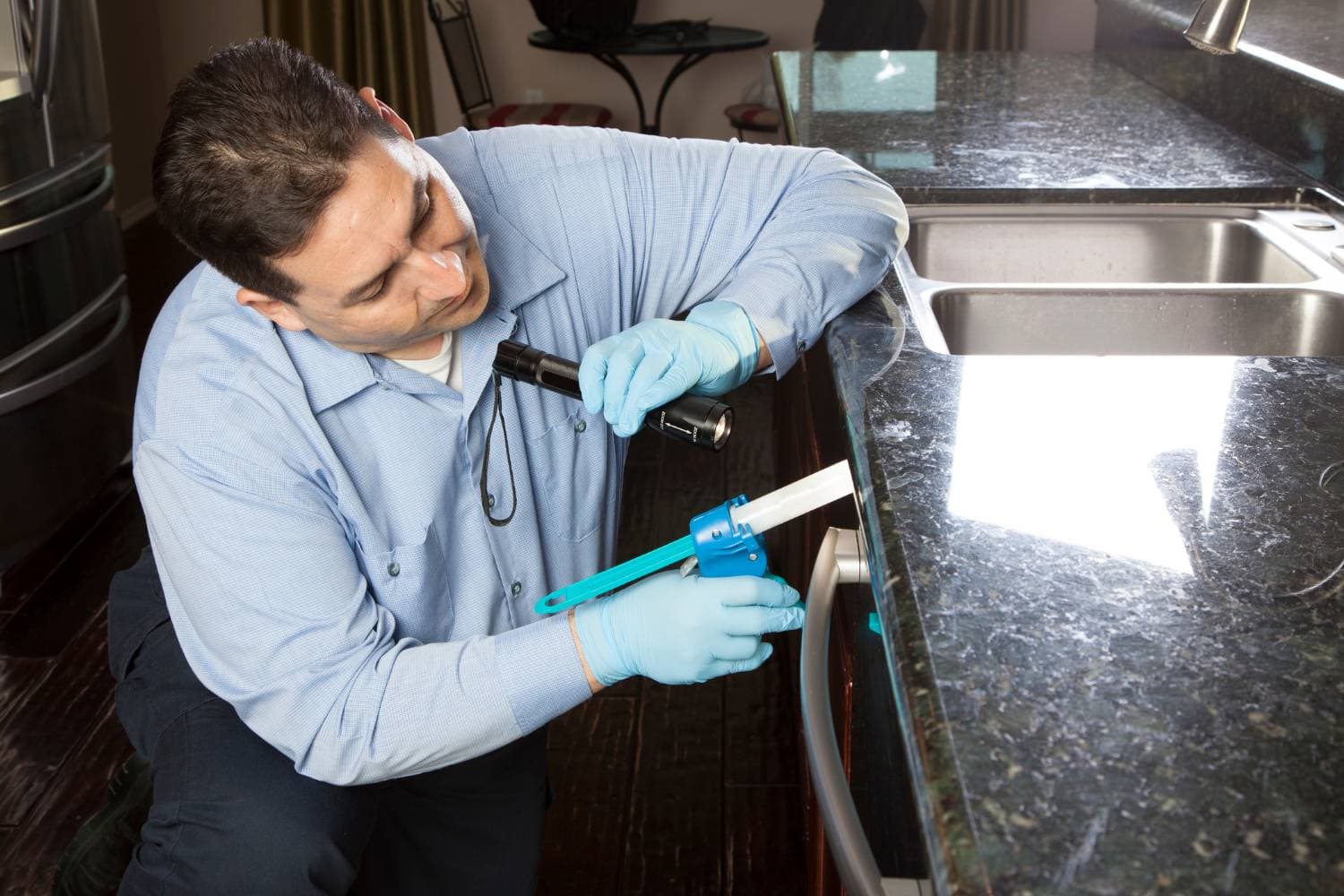
There Are Three Primary Categories Of Pest Control Companies.
Pest Removal
Pesticides and traps will not eliminate all pests. Expert pest control is necessary due to the abundance of pests. A professional pest control agency will come to your home or farm to eliminate these unseen pests.
Finding and eliminating the concealed pests might be a challenging task. Clearing property of hidden pests like snakes, rats, etc., may need multiple trips.
Pest Extermination
Pest Extermination services are a must if you're already dealing with an infestation or other pest problems on your property. No matter what kind of crawling bug infestation it is—ants, cockroaches, or anything else—you need to get rid of it promptly. In severe cases, extermination services may involve fumigation of the entire property or farms and using insecticide sprays and traps.
Treatments for pest control are quite successful in removing any pests hiding on your property. Numerous pest control services provide "green" sprays that are less chemically intensive, perfect for those who prefer not to use chemicals in their homes.
Pest Prevention
Preventing pests from entering the premises is the greatest strategy for control. Always opt for prevention over cure. A good way to keep pests at bay and close off their most common entry points is to have pest control services regularly. Although insect repellents can help ward off smaller pests, larger ones will require you to seal off entryways to your property.
Conclusion
Pest control is crucial for maintaining a healthy and safe environment in agricultural, residential, and urban areas. It involves eliminating unwanted animals like rats, mice, and insects, which protect food supply, health, and property.
Rats and mice eat 20% of the world's food supply and are major vectors for fleas, ticks, and mites. Cockroaches are among the dirtiest insects on Earth and cause allergic reactions in a large percentage of the population.
There are several types of household pests in Australia, including termites, ants, and flies. Termites inflict about $700 million in damage to homes annually, making them the most expensive pest in the country.
Ants, including black house ants, coastal brown ants, Argentine ants, and carpenter ants, can cause costly repairs and damage to homes. Ant infestations can cause costly repairs and can be detected by finding mounds of dirt at the base of walls or ant runways.
Flies are the most bothersome insect in Australia, transmitting diseases like salmonella bacteria and E. coli. To keep flies away, install flyscreens, clean food preparation surfaces, and ensure secure bin lids. Professional pest control professionals can provide more drastic measures if necessary. Understanding these pest control approaches is essential for successful application and maintaining a healthy environment.
Mosquitoes, cockroaches, bed bugs, wasps, and spiders are common house pests in Australia. Mosquitoes are easily identifiable by their bites and buzzing sounds, and they thrive in damp environments. They can spread diseases like the Ross River virus and Dengue fever, making them a major health risk.
To prevent mosquito infestations, install flyscreens, keep windows and doors closed, and drain standing water around your property. Professional Pest Control can help eliminate mosquito larvae and use environmentally friendly methods to destroy adult mosquitoes.
Cockroaches are a common house pest in Australia, primarily spreading diseases like dysentery, salmonella, and gastroenteritis. They love to eat discarded food and materials, and their droppings can worsen children's eczema and asthma. Bed bugs, despite their small size, can cause significant harm if they enter your home. They lay an average of five eggs daily and can go twelve months without eating.
Wasps and bees can be a major nuisance in Australia, with over 1,500 species living in the country. Wasps can hide their nests for long periods, and large wasp nests can pose a significant threat to people severely allergic to wasp venom.
Spiders, with over 2,000 species, can cause moderate discomfort and bites if not treated. They hide in inconvenient places, spin webs, and thrive in damp, dark places. Spiders reach maturity after several years and lay egg sacs containing up to three thousand eggs.
Pest control methods vary depending on the location and type of pests. Organic pest control involves using natural methods like bait traps, sprays, or insecticides. Biological pest control involves using prey-eating creatures, such as cats, to control pests for rodent extermination.
Chemical pest control involves using chemical products to eliminate infestations, with fumigation being the most effective method. Mechanical pest management uses devices and equipment to control pests, such as thermal heat treatment for termites and bed bugs.
Physical pest control may be necessary to prevent pests from accessing property or damaging food supplies. Physical barriers like nets and plastic sheets can help keep birds and mosquitoes out. Electronic pest control uses electromagnetic devices to eliminate pests like rats, ants, and mice. Poisoned bait is another option, but it is not recommended due to the risk to children, pets, or other small animals ingestion.
There are three main categories of pest control companies: pest removal, pest extermination, and pest prevention. Pest removal services are essential for dealing with unseen pests, while pest extermination services are necessary for existing infestations.
Green sprays are available for those who prefer not to use chemicals in their homes. Pest prevention is the best strategy for controlling pests, and regular pest control services can help close off entry points to keep pests at bay.
Content Summary
- Pest control is vital for maintaining a healthy environment in Australia, whether in agricultural, residential, or urban areas.
- Understanding various pest control methods is crucial for effectively managing infestations and ensuring safety.
- Pest control, also known as pest management, aims to eliminate unwanted animals like rats, mice, and insects.
- Protecting food supplies, health, and property are key aspects of effective pest management.
- Rats and mice, responsible for about 20% of the world's food supply loss, are significant vectors for harmful parasites.
- Cockroaches, among the dirtiest insects, trigger allergic reactions in about 7 to 8 per cent of the population.
- Proper food and health regulations rely on effective pest control methods.
- Termites cause about $700 million in damage to Australian homes annually, particularly in warm-weathered areas.
- About one in three Australian homes will face a termite infestation at some point.
- A termite infestation requires immediate action due to the high repair costs and challenges in selling the property.
- Termites can lay up to 2,000 eggs daily, making them time-sensitive pests.
- Ants, including aggressive species like bull ants, are considered one of the most annoying household pests.
- Some ant species carry disease-causing bacteria and fungi, posing risks to human health.
- Flies, common in Australia, can transmit diseases like salmonella and E. coli.
- Fly infestations can quickly spiral out of control due to their rapid reproduction.
- Mosquitoes, known for their annoying bites and buzzing sounds, pose health risks by spreading diseases like the Ross River virus and Dengue fever.
- Mosquitoes thrive in damp environments and are active during mornings and twilight.
- Cockroaches, common in Australia, seek warm, wet places and transmit diseases like dysentery and salmonella.
- Bed bugs, despite their small size, can cause significant harm and are challenging to identify due to their nocturnal behaviour.
- Wasps and bees, while essential to the environment, can become a nuisance if they nest near human dwellings.
- Wasps, especially paper, European, and mud varieties, can be destructive and pose risks to those allergic to their venom.
- Over 2,000 spider species exist in Australia, some of which are highly poisonous.
- Spiders thrive in damp, dark places and can be found in various areas around homes.
- Organic pest control methods are preferred by those concerned about the safety of children, pets, and plants.
- Biological pest control involves using creatures that prey on pests, offering an environmentally friendly approach.
- Chemical pest control is effective but may harm people and other animals.
- Mechanical pest control utilises devices and equipment to eliminate pests safely and effectively.
- Physical pest control prevents pests from accessing properties or damaging food supplies.
- Electronic pest control uses electromagnetic devices or ultrasonic gadgets to repel pests.
- Poisoned bait strategies, while effective, pose risks to children, pets, and other animals.
- Pest removal services are necessary for eliminating unseen pests like snakes and rats.
- Pest extermination services are crucial for dealing with infestations promptly and effectively.
- Fumigation and insecticide sprays are common methods used in pest extermination.
- Pest prevention focuses on keeping pests out by sealing off entry points and regular inspections.
- Regular pest control services help prevent infestations and maintain a pest-free environment.
- Prevention is preferable to cure when it comes to managing pest problems.
- Pest control services offer various treatments, including "green" sprays for those avoiding chemicals.
- Pest control measures are tailored to individual surroundings and pest infestations.
- Effective pest management ensures the safety of public health and property.
- Quick action is necessary to prevent significant damage from termite infestations.
- Ant colonies can quickly grow into enormous complexes, requiring swift intervention.
- Flies pose health risks through the transmission of diseases, emphasising the need for control measures.
- Mosquitoes are active during specific times, making preventive measures crucial during those periods.
- Cockroaches' nocturnal behaviour makes them challenging to detect but requires immediate action upon identification.
- Bed bugs' ability to go long periods without eating complicates eradication efforts.
- Identifying spider infestations is important due to the potential dangers of some species.
- Various methods of pest control cater to different preferences and environmental concerns.
- Biological pest control offers a natural alternative with minimal environmental impact.
- Chemical pest control, while effective, requires caution due to potential risks to health and the environment.
- Pest prevention strategies aim to maintain a pest-free environment through regular inspections and sealing off entry points.
Frequently Asked Questions
The effectiveness of a pest control method depends on factors such as the type of pest, the severity of infestation, and environmental considerations. Integrated Pest Management (IPM), which combines multiple strategies, is often considered the most effective and sustainable approach to pest control.
Chemical pest control methods can be safe for humans and pets when used according to label instructions and by trained professionals. However, following safety guidelines and minimising pesticide exposure is essential, especially in residential and sensitive environments.
Mechanical and physical pest control methods include:
- Sealing entry points.
- Using traps to capture pests.
- Employing heat or cold treatments to eliminate infestations.
- Implementing hygiene and sanitation practices to remove pest attractants.
Integrated Pest Management (IPM) is a holistic approach to pest control that integrates multiple strategies to manage pests effectively while minimising risks to human health and the environment. IPM emphasises prevention, monitoring, and least-toxic methods to achieve long-term pest management goals.
Implementing IPM involves:
- Conducting regular inspections.
- Identifying pests and their habitats.
- Setting action thresholds.
- Employing a combination of preventive measures and control methods.




